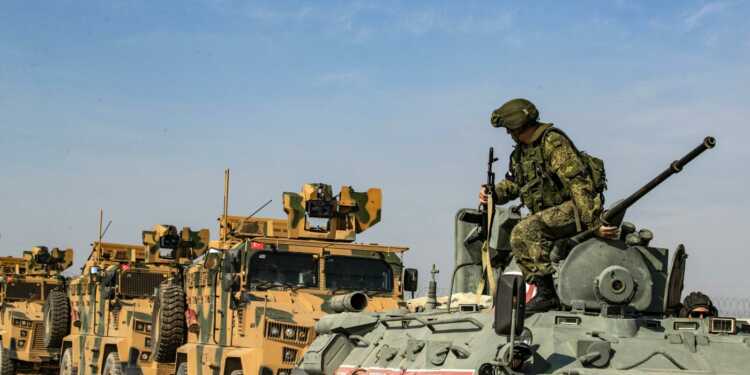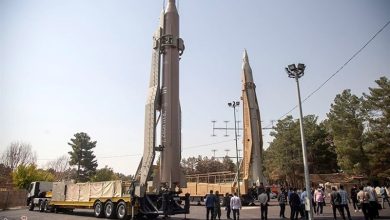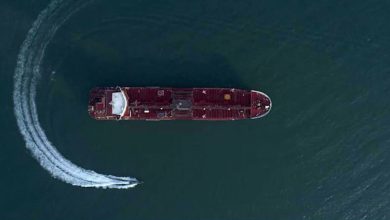
The Turkish forces have completed their withdrawal from the observation point that the Syrian Arab Army (SAA) has been besieging for about ten months in the Rashideen 5 area of western Aleppo.
According to a new report from Aleppo, the Turkish military destroyed a series of tunnels and fortifications that they setup at their Rashideen 5 observation post.
On Tuesday, about 20 large empty trucks entered the Turkish point in the Rashideen 5 area, accompanied by armored vehicles belonging to the Russian Military Police, to transport the remaining military equipment inside the point.
The Turkish military then moved the equipment and its forces to an observation post that is not currently besieged by the Syrian Arab Army (SAA) in northwestern Syria.
It is noteworthy to mention that the Turkish forces had begun operations to dismantle the Rashideen 5 observation post, which is considered one of the most important Turkish observation points near Aleppo city, about 15 days ago, when machinery, engineering hoists and trucks entered at that time to dismantle and remove its contents, respectively.
In light of the evacuation of the Rashideen point, the presence of the Turkish observation points in the countryside of Aleppo will be limited to two main points adjacent to the town of Al-Eis in the southern countryside, and Jabal Anadan in the northern countryside.







